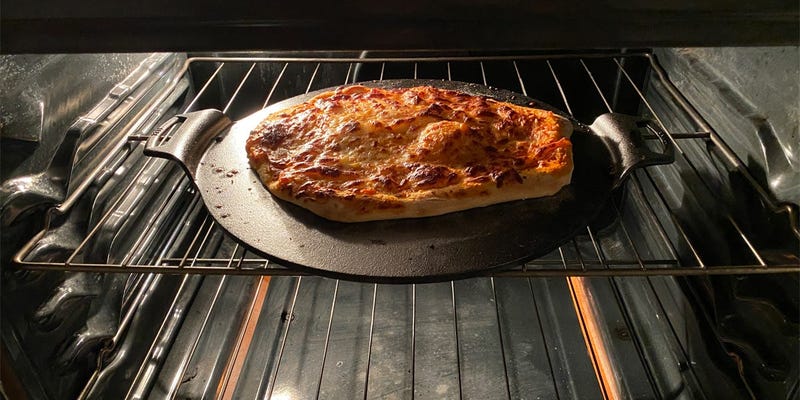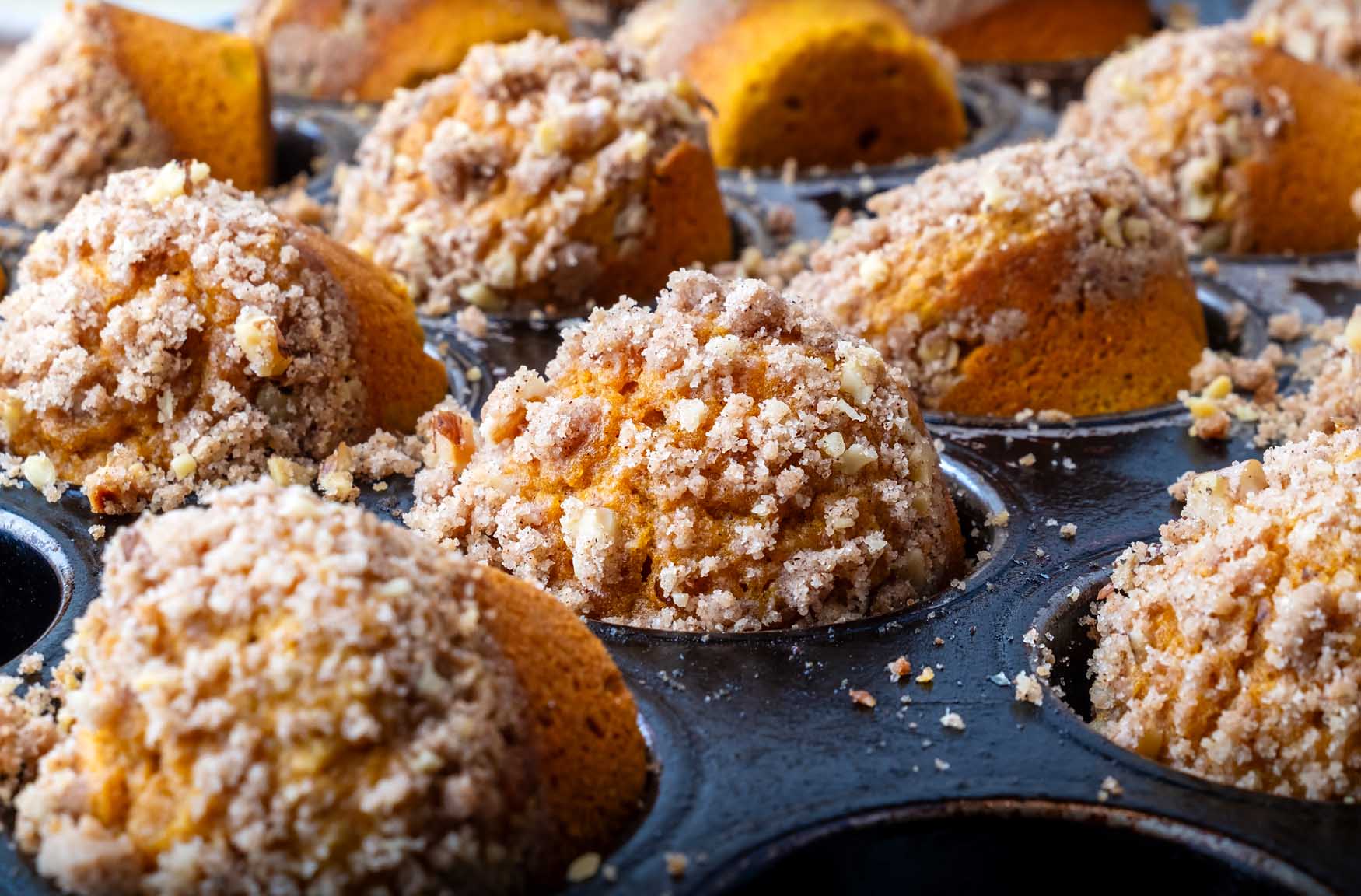For kitchen professionals seeking to craft the perfect calzone, leveraging the benefits of using baking stone for calzones can be transformative. This method not only enhances the texture and flavor of the calzones but also ensures an even bake that mimics traditional brick ovens.

The Art of Baking with a Stone
Before diving into the nuances of calzone perfection, it's essential to understand why using a baking stone is a game-changer. This invaluable kitchen tool retains and evenly distributes heat, providing a consistent cooking surface that elevates the finishes of your dough. This technique is explored in depth in articles from culinary experts such as Home Cooking Tech's guide to using baking stones.
How to Prepare Your Baking Stone
Baking stones require proper preparation to deliver optimal results. Before the first use, ensure the stone is adequately seasoned and preheated. A cold stone thrown into a hot oven could crack, and preheating allows the stone to reach a temperature that crisps the exterior of the calzone while leaving the interior delectably chewy.
Secrets to a Perfect Calzone
1. Dough Consistency: The dough should be soft yet resilient, allowing it to stretch without tearing. Resources such as Culina Cooks' guide can offer insights into achieving that elusive perfect dough.
2. Temperature and Timing: The magic number for baking calzones on a stone is typically around 450F (232C). The high heat gives the dough a nice rise without it becoming soggy from the fillings.
3. Sealing Techniques: Ensure all seams are well-pressed to avoid spills. Using a fork or your fingers can create a tight seal that keeps the delicious fillings secure within the pouch.
Why Professionals Swear By Baking Stones
Baking stones are revered for their ability to simulate the effects of a professional pizza oven and for their versatility not just for calzones, but they're also great for roasting vegetables, baking biscuits, and more. They provide a fibrous surface conducive to even cooking and excellent browning.
Maintenance Tips
Keeping your stone in pristine condition ensures longevity and better results. Avoid using soaps or lotions on the stone as it might absorb these aromas. Instead, employ a brush or a plastic scraper when its cool to clear any debris. Let your stone cool inside the oven post-baking to minimize sudden temperature changes.
Innovative Uses for Your Baking Stone
Extending beyond calzones, your baking stone can be a versatile tool in the kitchen, from baking flawless pita bread to homemade pizza creations. It introduces new culinary possibilities and mastery to your cooking repertoire.
:max_bytes(150000):strip_icc()/pizza-stone-testing-winners-the-original-baking-steel-wdickey-7-63-0eab155b17994dcc94fe89c908bab57d.jpg)
FAQ Section
Do you need to preheat the baking stone?
Yes, it's crucial to preheat the baking stone for at least 30 minutes to ensure it delivers the desired crust and texture.
How do I clean the baking stone?
Use a dry brush or scraper for cleaning. Do not use soap or submerge it in water as it may soak up the liquid.
Can you put a cold stone in a hot oven?
No, a cold stone in a hot oven may crack due to rapid temperature changes. Always allow your stone to heat gradually with the oven.
This article contains affiliate links. We may earn a commission at no extra cost to you.






Leave a comment
This site is protected by hCaptcha and the hCaptcha Privacy Policy and Terms of Service apply.